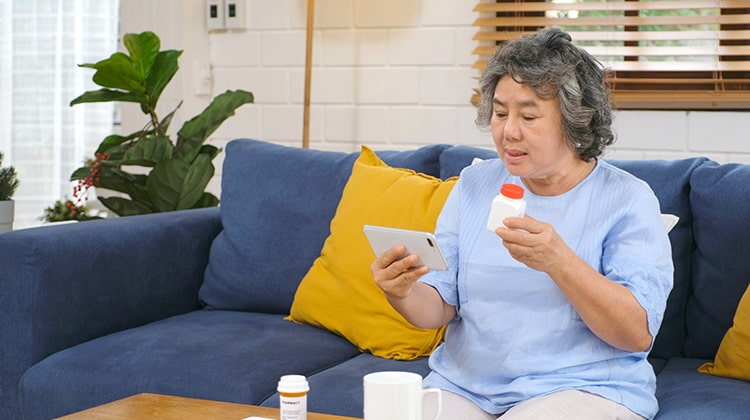The Shift in Healthcare
As healthcare moves from “point-of-care” to “point-of-connection,” the role of telehealth has grown in importance and utilization. Frost & Sullivan forecasts the US telehealth market to experience a tsunami of growth, resulting in a year-over-year increase of 64.3%. The market is estimated to display staggering seven-fold growth by 2025, resulting in a five-year compound annual growth rate (CAGR) of 38.2%.
As the COVID-19 pandemic disrupts the practice of medicine and the delivery of healthcare across the ecosystem, virtual care technology is now recognized for its vital role. Victor Camlek, Healthcare Principal Analyst at Frost & Sullivan, highlighted that “the critical need for social distancing among physicians and patients will drive unprecedented demand for telehealth… The trauma resulting from the COVID-19 crisis will lead to a clear growth opportunity for one-stop virtual visit and RPM solutions.”
The New Role of Telehealth in the New Normal
Telehealth and virtual care technology enables patients to access care at their convenience, putting them in control of their care. As Dr. Shafiq Rab shared, “We are seeing a paradigm shift in medicine that is revolutionizing the way medical care is provided. The shift is a change in the control of healthcare. It’s moving from hospitals and physicians into the hands of the patients. The delivery of healthcare is moving from large buildings and big offices into patients’ homes and mobile devices.”
Virtual visits supplement and/or replace in-person appointments. Ongoing messaging (with reminders about medication, nutrition, and exercise) help patients remain on track with their role in self-care and improve their compliance. RPM functionality and regular assessments help providers better monitor patients’ condition and progress. And, secure messaging safely encrypts PHI when data such as a wound care picture is shared between the patient and the care team.
With Synzi, providers can:
- Put eyes on the patient without putting themselves (nor other patients) at further risk for infection. Depending on the situation, staff can “see and solve” the patient’s issue without needing to integrate the physician into the virtual visit, send a nurse to the patient’s home or transfer the patient to a care facility.
- Improve patient engagement by enabling a medically certified interpreter to be included in a virtual visit and for messaging to be translated into the patient’s preferred language
- Facilitate the flow of information amongst the broader care team – including the patient, family caregiver, home health staff, referring physician, pharmacist, and health plan
Going forward, telehealth will continue to be demanded by patients and caregivers as a means to receive timely clinical support and condition management.

